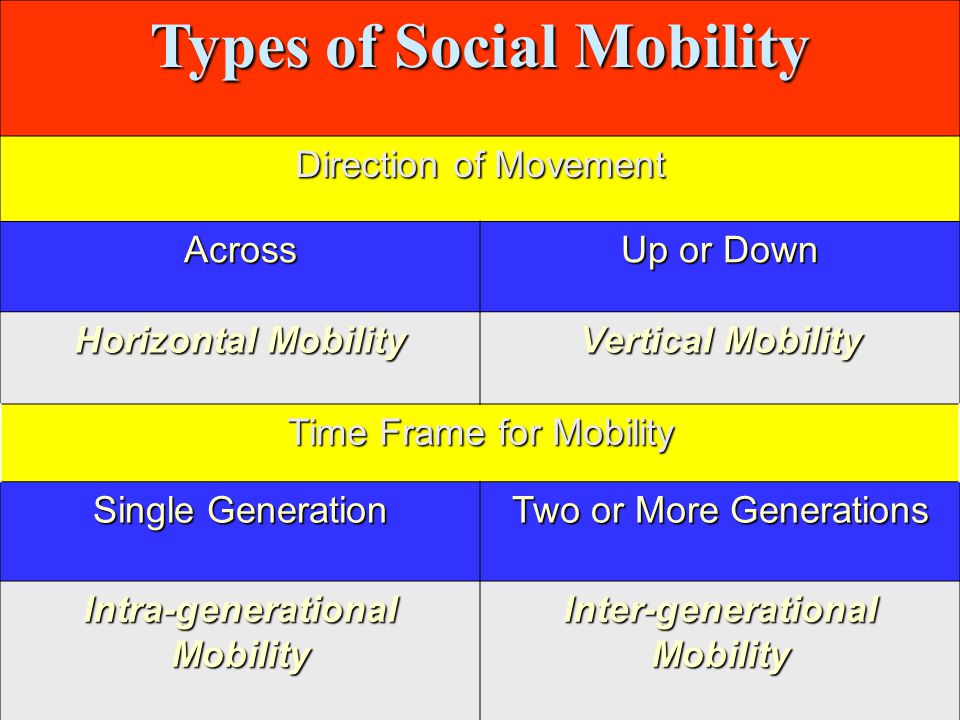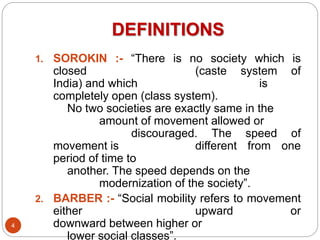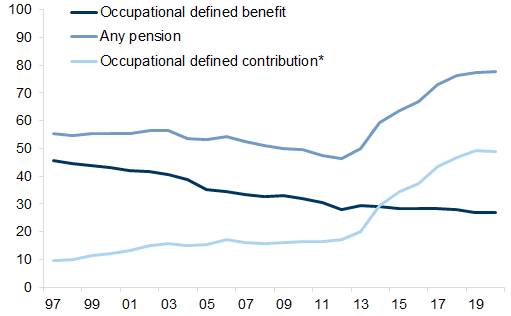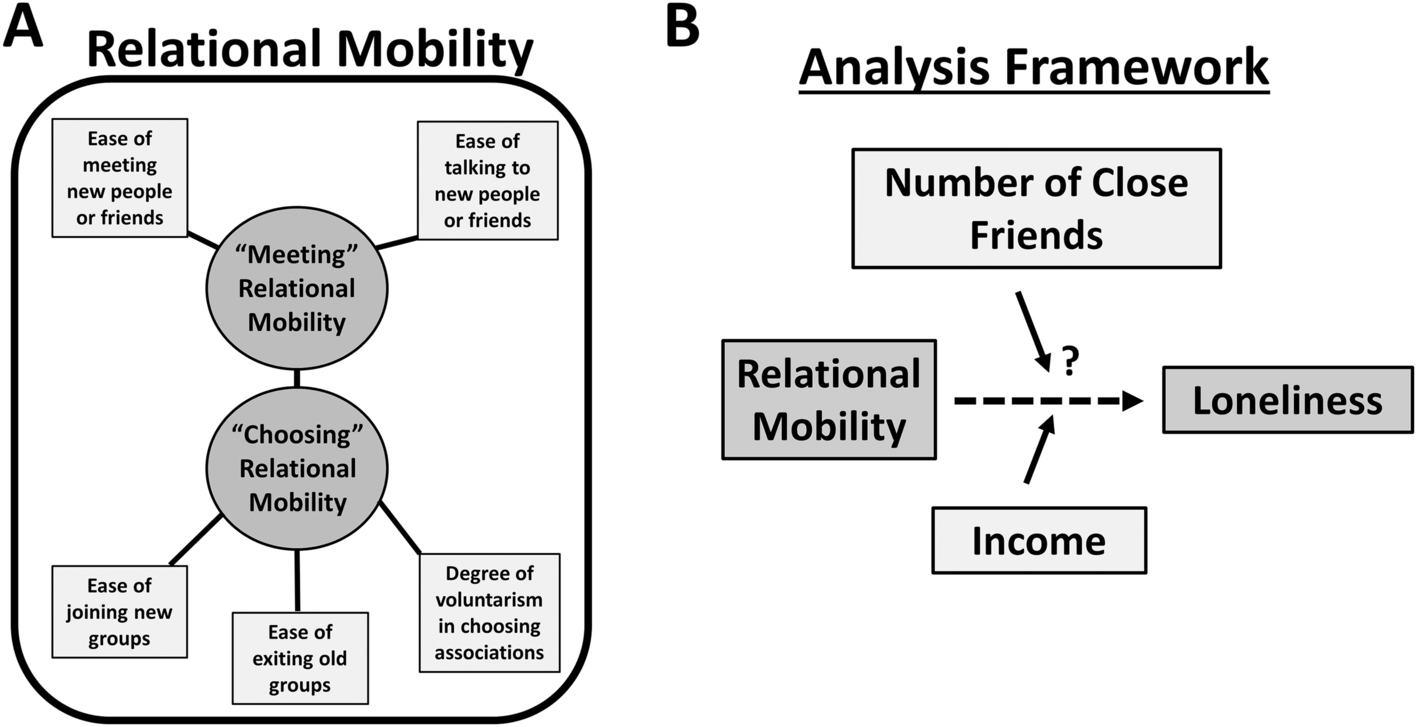Social mobility refers to the movement of individuals or groups from one social class or status to another. It is a measure of the ability of people to move up or down the social hierarchy and can be a key determinant of equality and opportunity within a society. There are several different types of social mobility, each with its own characteristics and implications.
One type of social mobility is horizontal mobility, which refers to movement within the same social class or status. For example, an individual who moves from one job to another within the same income bracket could be said to have experienced horizontal mobility. This type of mobility is often seen as less significant than other forms of mobility because it does not involve a change in social standing or status.
Vertical mobility, on the other hand, refers to movement between different social classes or status levels. This can be either upward mobility, in which an individual or group moves to a higher social class or status, or downward mobility, in which an individual or group moves to a lower social class or status. Upward mobility is often seen as a positive outcome, as it can lead to increased opportunities and a higher standard of living. Downward mobility, on the other hand, can be a source of stress and hardship, especially if it is accompanied by a loss of income or status.
Another type of social mobility is structural mobility, which refers to changes in the overall structure of a society that make it easier or harder for individuals or groups to move between social classes or status levels. For example, structural mobility can be affected by changes in the economy, education system, or political system, all of which can impact an individual's ability to move up or down the social ladder. Structural mobility can be either positive or negative, depending on the direction and magnitude of the changes.
Finally, there is intergenerational mobility, which refers to the extent to which an individual's social class or status is influenced by that of their parents. If children tend to occupy the same social class or status as their parents, then the society is said to have low intergenerational mobility. If, on the other hand, children are able to move significantly up or down the social ladder relative to their parents, then the society is said to have high intergenerational mobility. High intergenerational mobility can be seen as a sign of a more equal and merit-based society, while low intergenerational mobility can be a sign of entrenched social hierarchies and limited opportunities for upward mobility.
In conclusion, social mobility is a complex and multifaceted concept that can have significant implications for equality and opportunity within a society. Understanding the various types of social mobility and their causes and consequences is an important step towards creating a more inclusive and equitable society for all.







